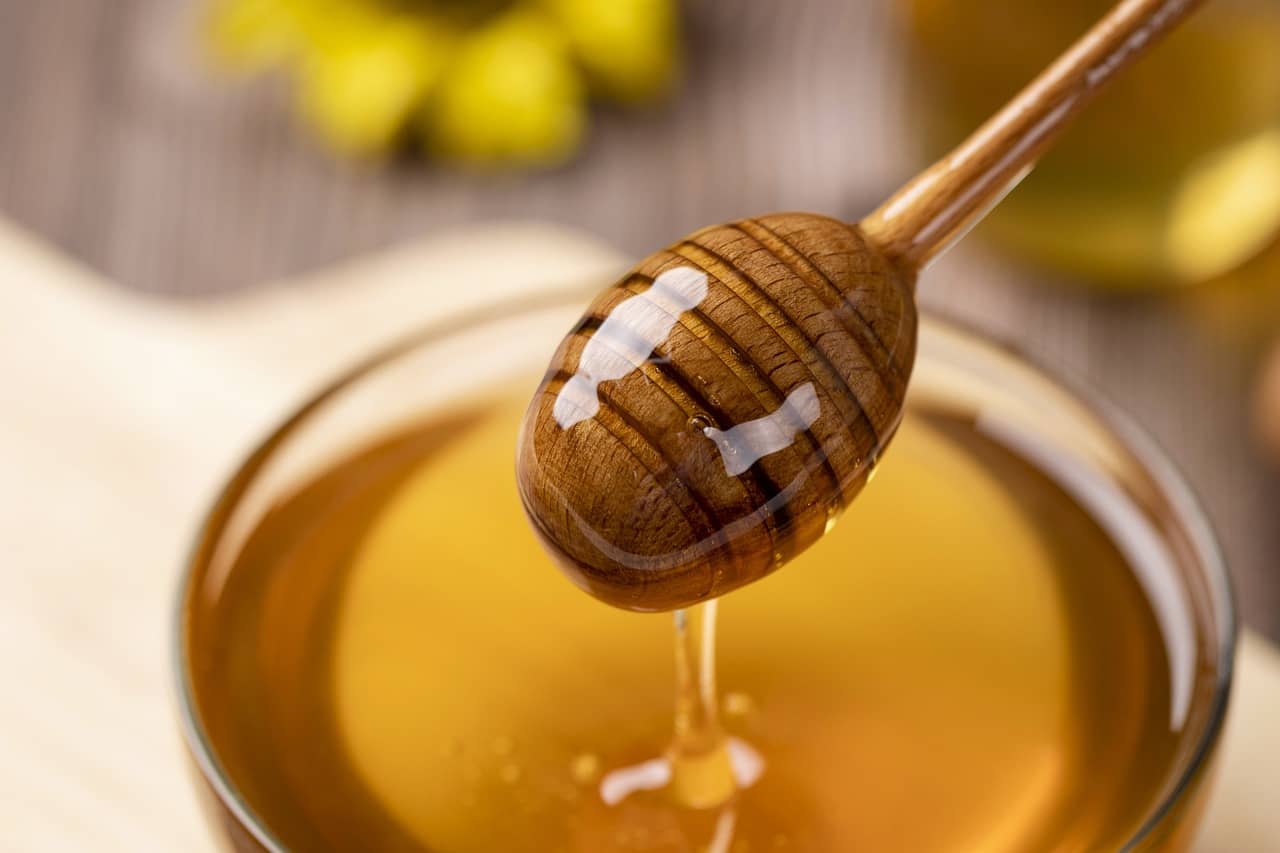
The Power of IP Audits for Companies
An IP audit is a systematic review of a company’s intellectual property assets, such as patents, trade marks, and trade secrets. It helps businesses understand their IP portfolio, identify risks and opportunities, and develop a strategy. Key components include compiling an inventory of IP assets, verifying ownership, reviewing documentation, and analysing potential infringement risks.




